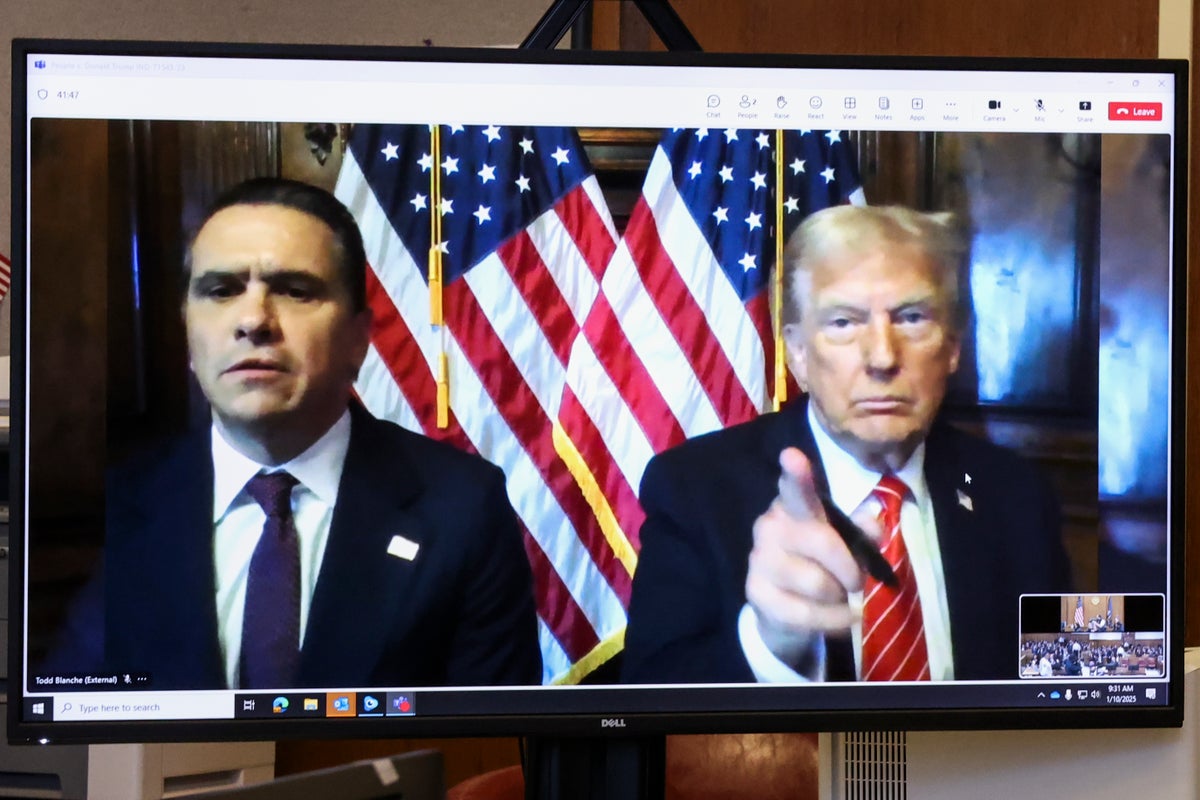In this article, Sue Azari, E-Commerce Lead, EMEA & LATAM at AppsFlyer, explains how brands can utilise mobile shopping apps to boost sales and customer engagement in Q4 2022. This includes suggestions for promotions and awareness campaigns ahead of major consumer events such as Black Friday, tips on effective e-commerce branding, and how to use mobile apps to encourage brand loyalty.
As the end of the year draws nearer, shoppers are reminded that Christmas gifts for friends and loved ones must be thought out and purchased as soon as possible to avoid last-minute shopping and the consequences. To meet this demand, and in accordance with annual traditions, brands must prepare for ‘Black Friday’ (25th November) and ‘Cyber Monday’ (28th November), both lucrative times of the year.
AppsFlyer data has shown that in 2021 spending peaked in South Africa over #BlackFriday with an increase of 321% compared to spending on 1st November. To top it off, this year also sees the FIFA World Cup happening at the same time.
With this in mind, a large part of the focus has shifted to getting marketing plans in place, creating audience cohorts, locking in ad spend, combatting supply chain issues, pre-empting stock levels, and much more. It’s also a time when e-commerce marketers place more importance on their mobile app offering because apps generally drive more than 130% higher conversion rate than the web.
As such, optimising the mobile experience, re-engaging dormant app users, and driving existing customers from other channels to the mobile app are all tactics marketers are using to boost their chances of revenue and growth in the coming months.
Here are 5 tips for brands preparing for success on mobile during the holiday shopping period:
The growing digital revolution on the continent has further piqued the interest of shoppers in holiday discounts. Many e-commerce brands are aware that Black Friday and Cyber Monday can make or break a brand’s year due to their competitive nature and high stakes.
This means starting marketing campaigns early is key to success. Not only will this help brands get ahead of the curve when it comes to exposure and awareness, but it will also help with spending. Cost Price Install (CPI) and Cost Per Acquisition (CPA) will rise dramatically as we get closer to key shopping days such as Black Friday, which is why it’s best to commit more spend early when media costs are lower.
In addition, ensure that your tech stack and integrations are in place ahead of code freezes in order to measure your campaign performance.
Make the most of your owned channels
Many brands are waking up to the power of owned channels to drive existing customers to their apps. This has largely been driven by privacy changes limiting access to third-party data and because marketing through your channels is often far more cost-effective when it comes to user acquisition.
Ahead of seasonal shopping, companies have a great opportunity to build the hype and generate downloads through their channels, whether email marketing campaigns, social posts or smart banners on your mobile browser. E-commerce platforms like Jumia send out advertisements via email and in-app notifications months before Black Friday and Cyber Monday to further drive customer engagements and ultimately boost sales.
Prioritise app download messaging, and promote any app exclusives to incentivise customers, such as an additional discount for any purchases made within the app. Use deep links and QR codes to ensure you can seamlessly move customers to the relevant point in your app, and measure the success of your campaigns at the same time.
And while we often think that owned channels are limited to media, for many retail brands, this could also include their physical store. Promoting an app in-store is a great tactic, given that you know you’re reaching an audience that’s already highly engaged with your brand. A QR code in the changing rooms or at the checkout till is a simple, effective way to drive traffic to your app.
Re-engage seasonal shoppers
While regular, repeat customers are the holy grail for any brand, many will find that they have a significant group of customers that tend to make purchases around particular events – e.g. Black Friday, and the buildup towards Christmas. It is important to identify who these people are and engage with them as early as you can. In South Africa, iOS installs in November peaked on Black Friday. Android also saw a rise, but it was less pronounced; however, both Android and iOS saw a significant dip after Black Friday.
In light of this, consider a teaser campaign highlighting what customers can expect this year. Will any particular product lines be on sale? When will your discounts start and finish? And, of course, use your own cohort to build look-a-like audiences.
Measure the right in-app events
The goal of any e-commerce app marketer should be to deliver the highest value to users. Optimising for installs is important, but you also need those customers to be engaged and go on to make purchases, for them to truly deliver the value you’re after. This is especially important around key shopping events such as Black Friday, where you’ve often got a set amount of time to make an impact.
So, in addition to looking at app installs, marketers should measure key in-app events to optimise their strategy accordingly. These events could include what buyers are searching for, checkout completion vs abandonment, purchases, recurring buyers vs one-time buyers, etc.
Be sensitive to the economic climate
Finally, but perhaps most importantly, any e-commerce brand should acknowledge and address the current economic downturn. The economic effects of the Covid 19 pandemic have led experts to believe that most countries in the world are slowly entering into a recession, and brands shouldn’t use the upcoming holiday shopping period as a reason to get more out of customers that are likely already feeling the strain on their finances.
Brands should be sensitive in marketing messaging, limit raising prices where possible and avoid encouraging customers to get into debt with high-interest loans or pay-later schemes.
Brands that look long-term, focusing on supporting their customers through these turbulent times, will have a more loyal customer base when this recession is over.
JOIN OUR PULSE COMMUNITY!
Our newsletter gives you access to a curated selection of the most important stories daily.
Welcome to the Pulse Community! We will now be sending you a daily newsletter on news, entertainment and more. Also join us across all of our other channels – we love to be connected!
Unblock notifications in browser settings.
Note: This article have been indexed to our site. We do not claim legitimacy, ownership or copyright of any of the content above. To see the article at original source Click Here













